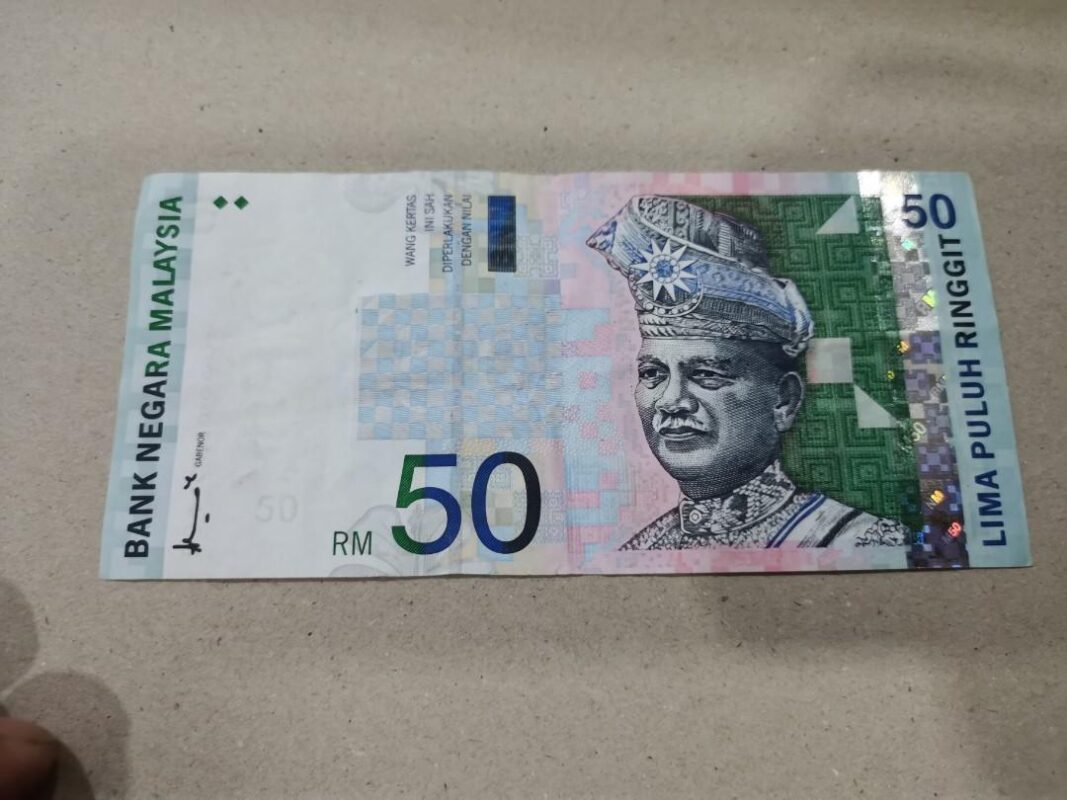Uncategorized
Buy Fake RM 50 Banknotes Online
Buy Fake RM 50 Banknotes Online
The RM50 banknote, part of the fourth series, maintains its distinctive green-blue color scheme. The central theme of the design revolves around the National Mission, with a primary focus on elevating the economy up the value chain. This concept symbolizes Malaysia’s strategic shift towards higher value-added activities within the agriculture, manufacturing, and services sectors, marking a significant phase in the country’s economic transformation.
Incorporating elements of cultural richness, the banknote showcases intricate design patterns inspired by songket weaving. These patterns are skillfully woven into the background and edges, paying homage to the traditional Malaysian textile’s artistry and embroidery. The inclusion of these cultural motifs adds depth and significance to the overall design, reflecting the nation’s commitment to preserving its heritage while progressing towards a more economically advanced future.


daxktilogibigibi.XWLZRZl5wTVV
postemergency xyandanxvurulmus.BqX8Ls7cxx1f